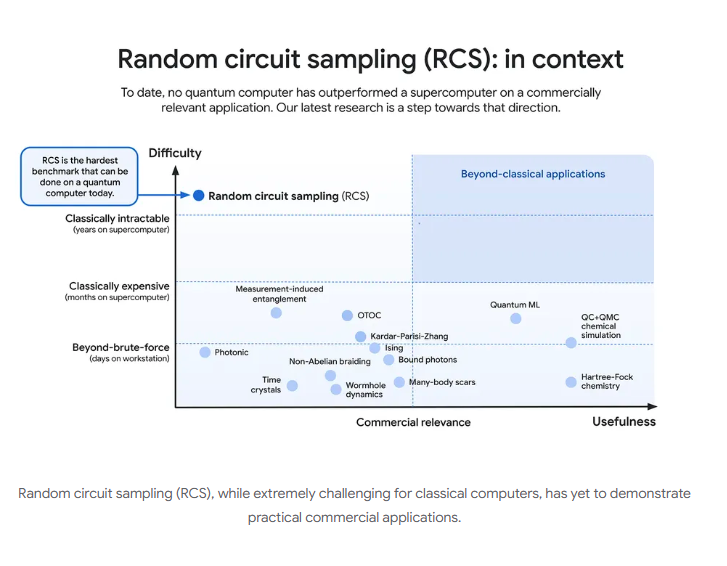Learn how quantum computing works
Quantum computing harnesses the principles of quantum mechanics to perform calculations at speeds far beyond traditional computers. Google’s Quantum AI lab is a leader in this field, developing quantum processors and algorithms for complex problem-solving. They leverage qubits, which can exist in multiple states simultaneously, enabling exponentially faster computations for specific tasks like optimization, cryptography, and simulations. Their research combines advanced hardware with machine learning to unlock quantum computing’s potential for real-world applications.

For more details, visit the https://blog.google/technology/research/behind-the-scenes-google-quantum-ai-lab/.
Table of Contents
Also Read:https://coveragezone31.com/willow/
Google’s Quantum AI team introduced Willow, an advanced quantum chip capable of exponential error correction and executing certain calculations faster than supercomputers. This milestone brings us closer to building reliable quantum computers using quantum mechanics, the universe’s foundational principles. These systems promise to overcome classical computing limits, enabling breakthroughs in fields like optimization, cryptography, and material science.
To dive deeper and explore six foundational quantum concepts, visit the Google Quantum AI lab
1. Quantum v/s Classical Computing
Quantum computing revolutionizes traditional computing by replacing classical bits (1s and 0s) with qubits, which exploit quantum mechanics principles like superposition and entanglement. Unlike classical bits that exist in one state at a time, qubits can represent multiple states simultaneously, offering immense computational power for specific problems. This novel approach can potentially solve complex challenges far beyond the reach of classical systems.
2. Qubits: the sections of quantum computing
Qubits are the core components of quantum computers. Unlike classical bits, which can only be 1 or 0, qubits can exist in multiple states simultaneously through superposition. Additionally, qubits can become entangled, allowing them to influence each other and form complex states. This combination of superposition and entanglement enables quantum computers to solve certain problems much faster than classical computers, providing a significant computational advantage.
3. Manufacturing : Making of chips for qubits by Quantum AI team
Google’s Quantum AI team fabricates qubits in-house using superconducting integrated circuits. By patterning superconducting metals, they create circuits with capacitance and inductance, along with Josephson junctions, which are nonlinear elements crucial for qubit behavior. These processes help build high-quality qubits, enabling their control and integration into complex quantum devices. This in-house approach is necessary due to the novel nature of quantum computing.
4. Loud noise: Creating packaging to protect quantum computers from harm
Quantum computers are highly sensitive to disturbances, or “noise,” such as electromagnetic fields, heat, and even cosmic rays. To protect qubits and ensure they function properly, Google’s Quantum AI team designs special packaging that shields them from external interference. This involves intricate mechanical and electromagnetic engineering, as well as carefully selecting materials and determining the precise placement of components to minimize noise.
5. Building: The footpaths of quantum computer to control.
In quantum computing, controlling qubits involves sending microwave signals through wires that span from room temperature to extremely low temperatures. These wires are carefully selected for efficiency and precision, and additional filtering elements help protect the qubits from external noise. This design ensures that signals reach the qubits accurately, enabling reliable quantum computing control.
6. Working at Low Temp: extremely low temperatures that are colder than outer space
To maintain the superconducting properties of qubits, Google uses a dilution fridge to reach ultra-low temperatures colder than outer space. This fridge enables superconducting metals to enter a zero-resistance state, allowing qubits to perform without energy loss and reducing thermal noise. These conditions are critical for maintaining quantum properties and enabling complex quantum computations.

Willow represents a significant step in Google’s Quantum AI team’s journey to fully realize quantum computing. With advancements like Willow, the team is working toward moving quantum computing from the lab to real-world applications. The roadmap highlights their plan to unlock the full potential of quantum computing and address complex problems across various industries.

